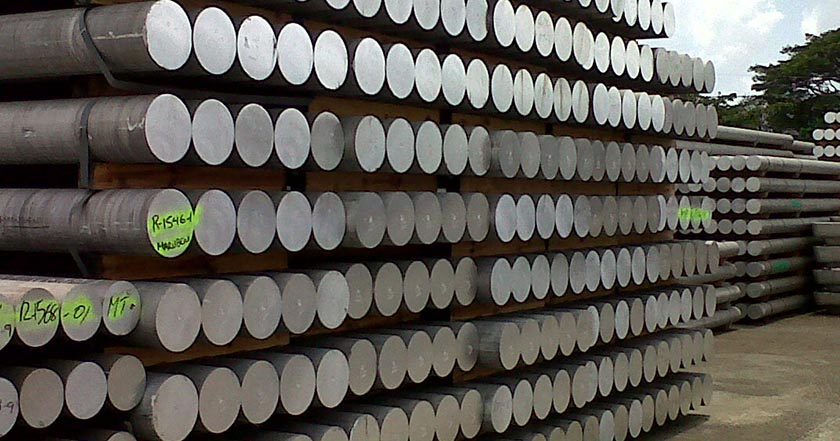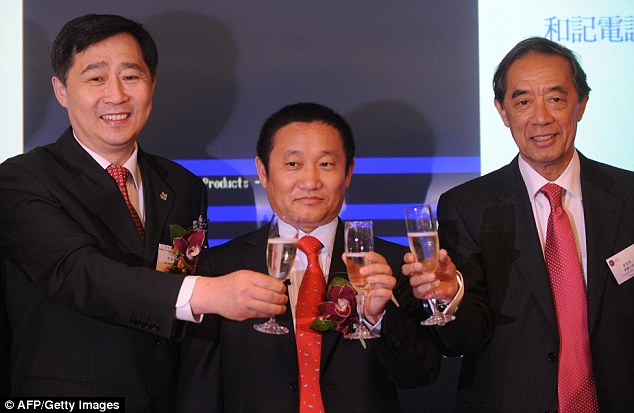In recent years, Chinese billionaire Liu Zhongtian have stored in Guanajuato one million metric tons of aluminum with a value of around 2 billion dollars, equivalent to 6% of the total world stock, generating tension between China and the United States, according to an investigation by The Wall Street Journal.
The metal is stored behind a barbed wire fence in the aluminum plant Aluminicaste of the town of San Jose Iturbide, Guanajuato. This Mexican plant is linked to the second largest producer of aluminum in the world “China Zhongwang”, owned by Liu Zhongtian.
The Asian businessman rejected any link between himself and Aluminicaste, but the investigation points out different.
China is subject of US trade restrictions on aluminum import, however, Mexico enjoys the benefits of the North American Free Trade Agreement (NAFTA). For this reason, apparently, the Chinese businessman was planning to sell this material in the US as Mexican.
In the last decade Chinese aluminum producers, who enjoy state tax support and cheap electricity, increased production and even doubled its exports between 2006 and 2015. Until 2010, a great amount of this cheap aluminum headed to the United States, driving domestic producers off the market.
In 2010, America introduced new tariffs. Whose goal was to punish certain Chinese aluminum producers, including China Zhongwang.
In 2011, smelter plant Aluminicaste was founded in Guanajuato, which, according to The Wall Street Journal, was linked with Liu Zhongtian and began to receive hundreds of tons of aluminum from China through other companies. According to the WSJ the plant was built to melt the Chinese metal and ‘turn it’ into Mexican.
The company drew the attention of US authorities and businessmen, who concluded that the metal was Chinese. And so they closed their market and millions of tons of aluminum ended up stored in Guanajuato, Mexico.
Now, the company plans to send all the material to Vietnam. The graphs show how daily loads of Chinese aluminum in Mexico increased rapidly in 2011 and 2012, experiencing a rapid decline in later years. Meanwhile, in 2015 and 2016 shipments from China to Vietnam grew up signficantly in just a matter of days.
Source: http://regeneracion.mx/


